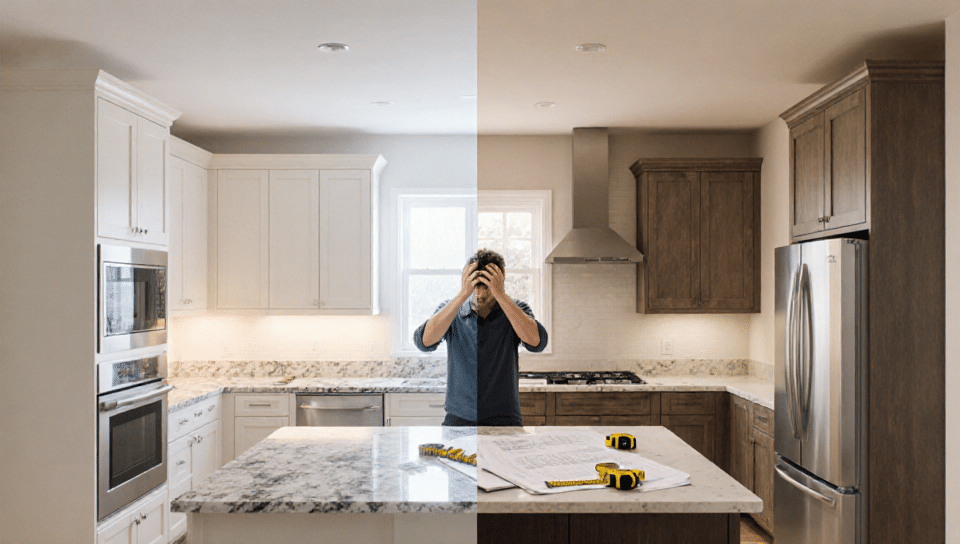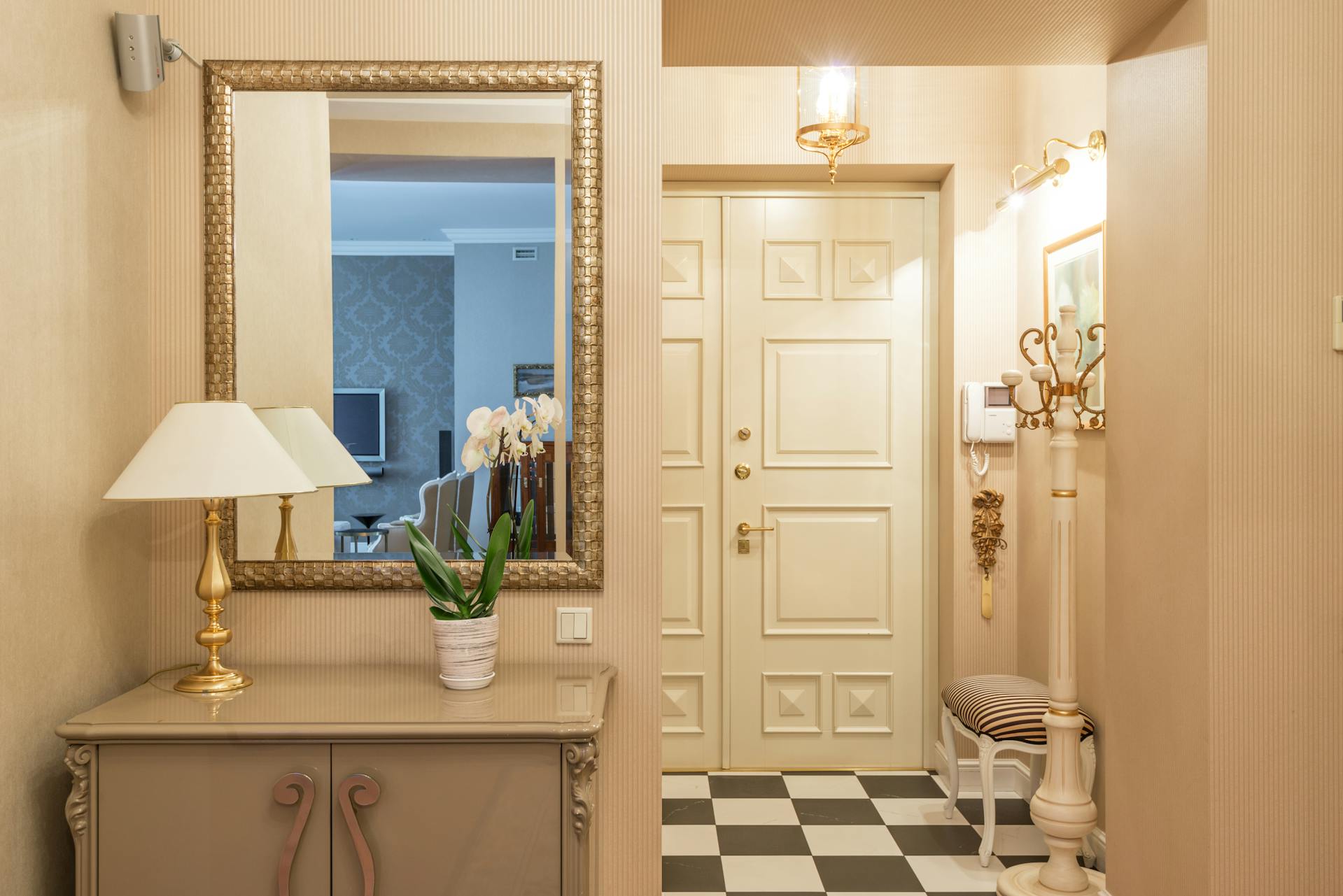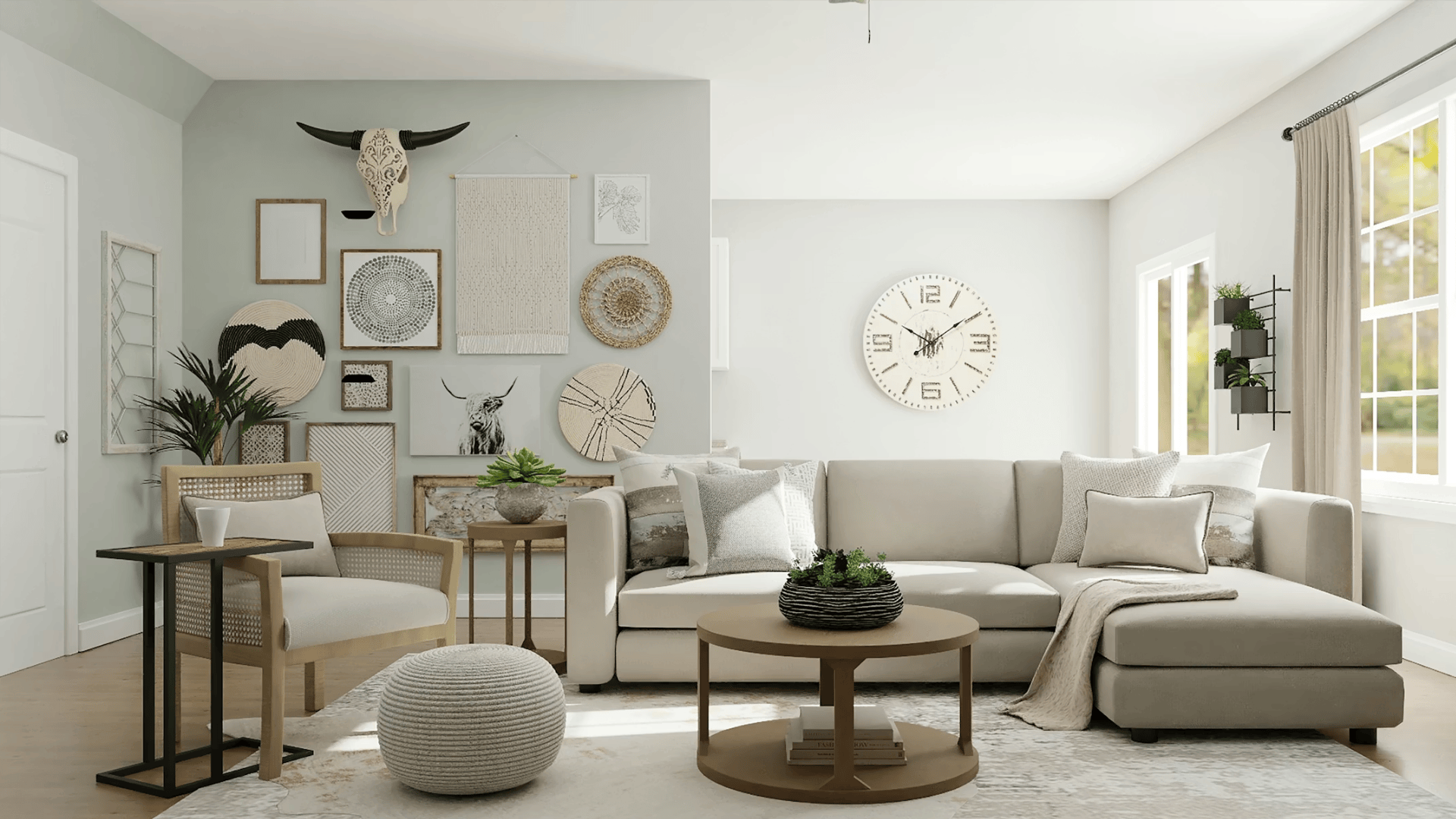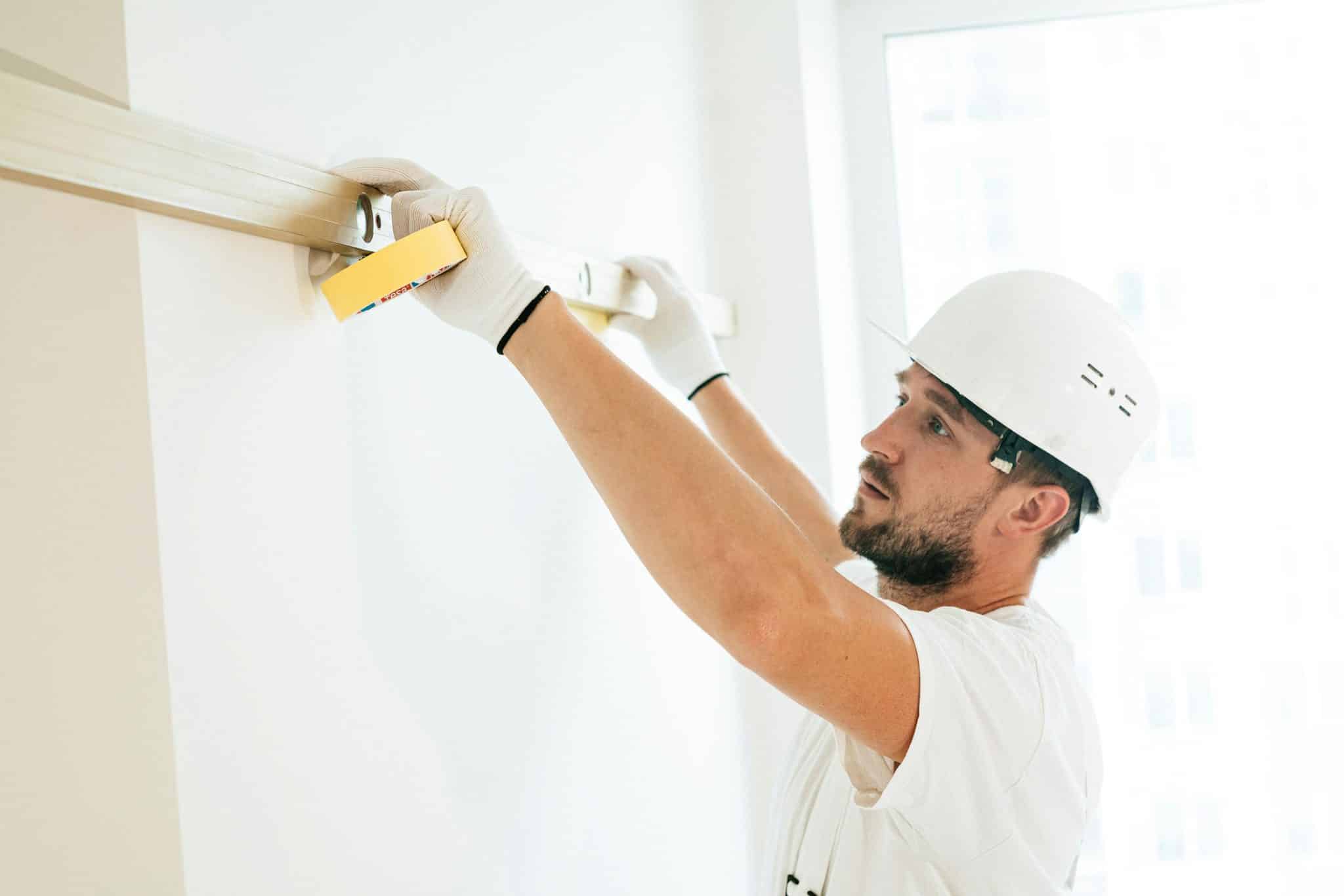Why Your Brain Makes a Terrible Architect
Picture this. You’re standing in an empty room, staring at bare walls, trying to imagine your new kitchen. In your head, it’s already perfect: ivory cabinets, marble countertops, recessed lighting around the perimeter. Beautiful!
Three months later, you get something completely different from what your imagination painted. The fridge blocks the window. Upper cabinets hang like you’re in a submarine. Not enough light, and that “cozy beige” turned into a depressing hospital shade.
Sound familiar? The thing is, the human brain is terrible at spatial imagination. Research shows that about 65% of people have a predominantly visual learning style, yet most can’t accurately visualize three-dimensional objects in space. Talk about a paradox.
Albert Einstein once noted: “If I can’t picture it, I can’t understand it.” And he was absolutely right. When it comes to renovation or construction, imagination alone is catastrophically insufficient. Modern 3D rendering services allow you to see the future result with photographic accuracy, eliminating unpleasant surprises at the finish line.
Three Classic Planning Failures
Let’s break down typical situations where visual thinking fails even experienced people:
Scale Error. The sofa looked normal in the store, but at home it transformed into a spaceship occupying half your living room. The human eye poorly estimates sizes without context. In a large showroom with high ceilings, a three-seater monster seems cozy.
Lighting Illusion. Paint color on a tiny sample and on an entire wall are two completely different things. Under different lighting, the same shade can look warm-peachy in the morning and cold-gray in the evening. Plus there are reflections from furniture, the effect of adjacent colors, and a bunch of other variables that the brain simply ignores.
Height Problem. Classic scenario – the drop ceiling “ate” eight inches, and now the room feels like you’re inside a shoebox. On paper, the difference between 9 feet and 8 feet 2 inches looks insignificant. In reality, it’s the difference between comfort and claustrophobia.
According to surveys of construction companies, about 40% of clients make substantial changes to the project during implementation. The reason? Expectations don’t match reality. Simply put, they couldn’t visualize it correctly.
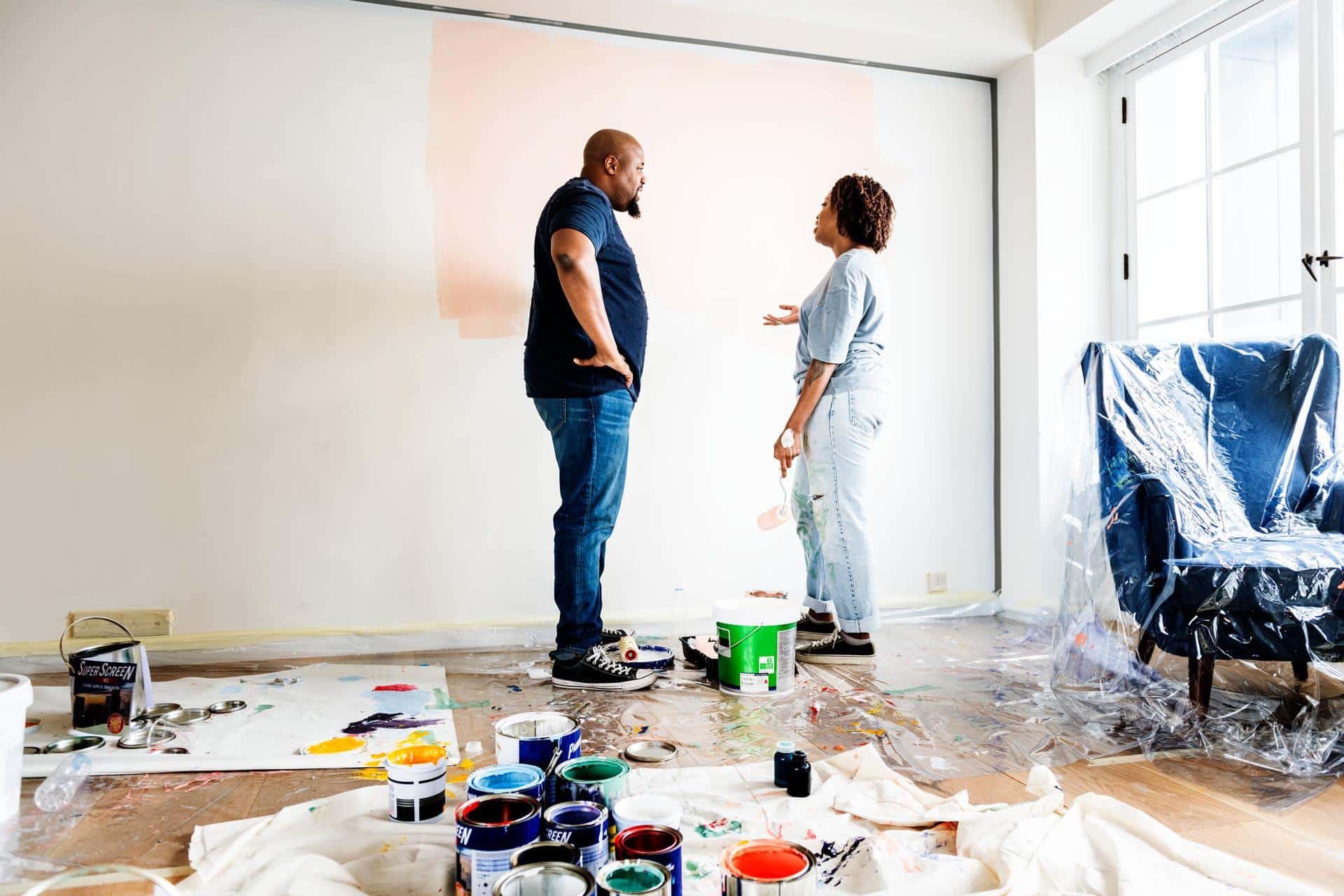
Visuals vs Verbals: Who Struggles More
Psychologists divide people into several types based on their information processing style:
- Visual learners – think in pictures and images
- Auditory learners – perceive through sounds and words
- Kinesthetic learners – understand the world through sensations and actions
Auditory learners have the most interesting time with renovations. You can explain a hundred times in words how the space will look, but without a picture they won’t get it. Imagine: a designer talks about “a calm Scandinavian palette with indigo and terracotta accents.” Sounds nice, right?
But the person hears a bunch of words and nods, while their head is complete chaos. Then they look at the result and say, “I thought it would be different.”
Visual learners have it slightly easier, but it’s still no walk in the park. They can imagine individual elements – this tile, that light fixture. But combining it all into a unified composition, considering proportions, combinations, play of light – that’s advanced level stuff, accessible to few.
Steve Jobs said: “Design is not just what it looks like. Design is how it works.” Applied to renovation, this means it’s not just about a pretty picture, but understanding how the space will function in real life.
When Precision Beats Imagination
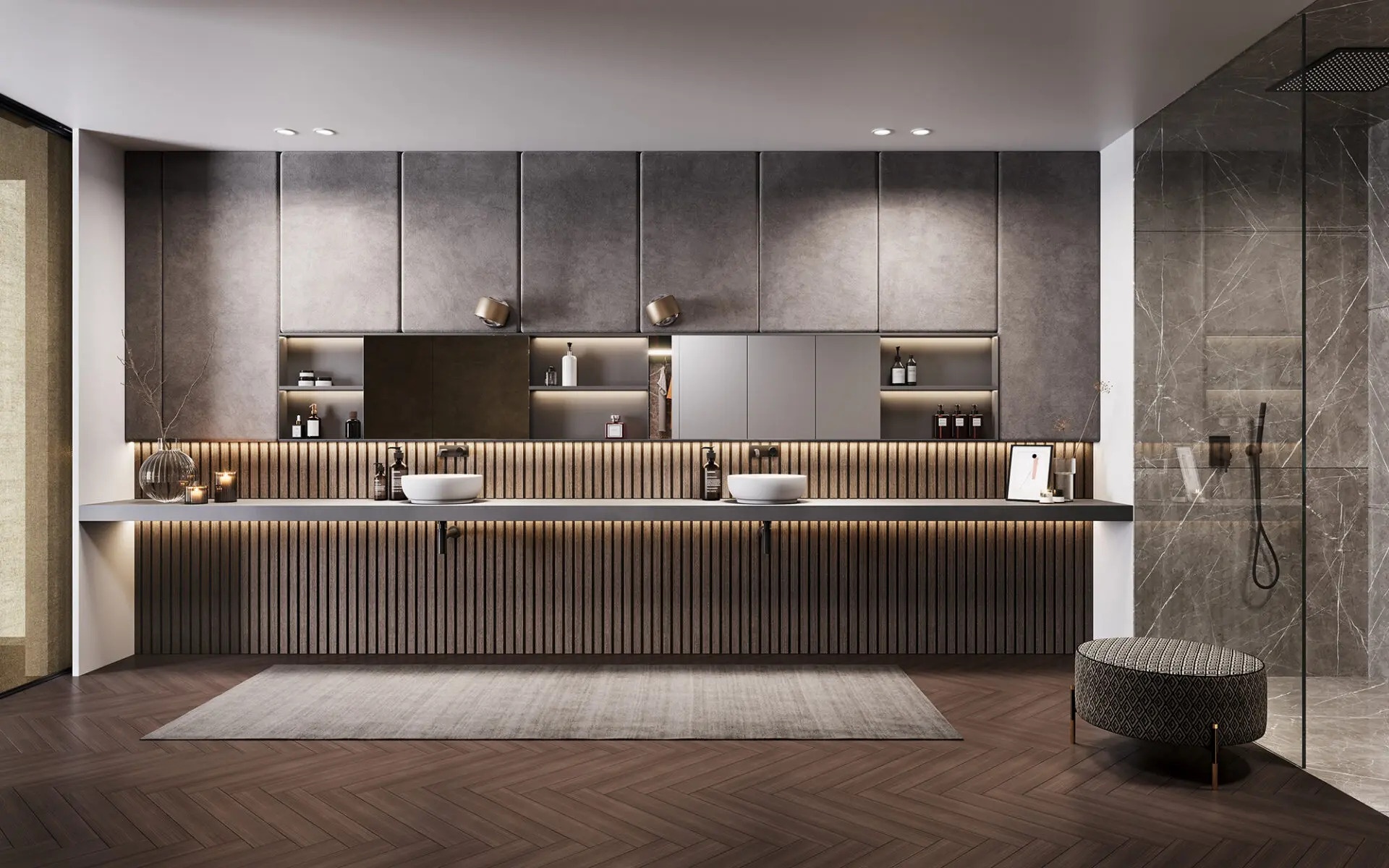
There are decisions you can’t make “by eye.” Here’s a short list:
- Replanning – tearing down a wall is easy, putting it back is impossible
- Expensive materials – marble, precious woods, designer tile cost a fortune
- Complex geometry – non-standard shapes, multi-level structures, curved elements
- Built-in furniture – miss by two inches, and your cabinet becomes a mockery of ergonomics
In each of these cases, the cost of error is too high. And this is where precise visualization transforms from a nice bonus into a necessity. Because seeing doesn’t mean imagining. Seeing means SEEING how it will actually be.
You know, there’s research online where people were shown two layout options: one as blueprints, another as photorealistic 3D models. In the second case, clients made decisions three times faster and subsequently expressed greater satisfaction with the results.
Tools of Modern Visual Thinking
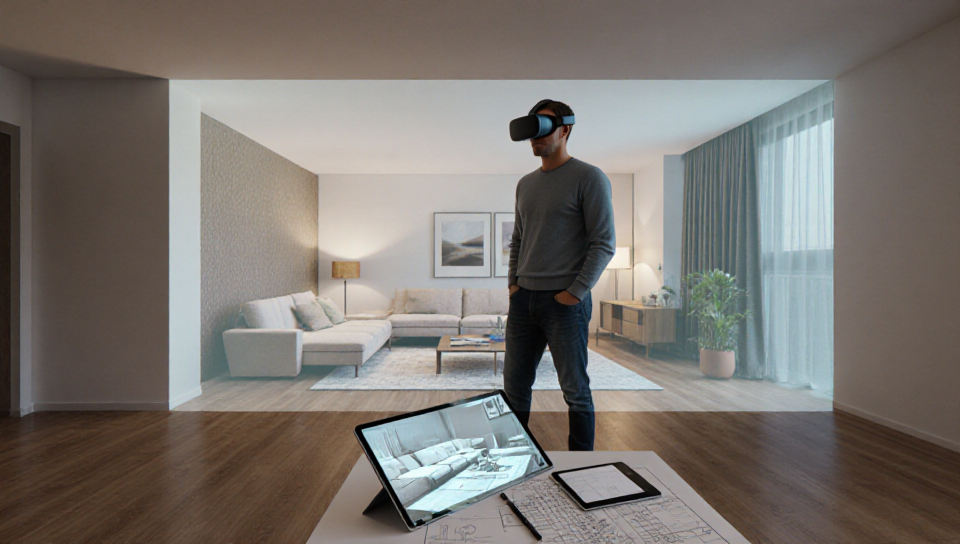
The days of relying exclusively on imagination and designer experience are gone. Now there’s an entire arsenal of visualization technologies:
- Computer modeling allows you to “walk through” your future apartment before buying the first brick
- Virtual reality gives the opportunity to literally immerse yourself in the space and evaluate every corner
- Augmented reality helps you “try on” furniture directly in your existing interior through a smartphone screen
Leonardo da Vinci wrote: “Painting is poetry that is seen.” Modern visualization technologies are a kind of painting of the future. They translate abstract ideas into concrete images that the brain can process and evaluate.
The main advantage of precise visualization is the ability to experiment without consequences. Don’t like the wall color? Change it in two minutes. Think the sofa is too big? Try another one. In real life, each such iteration costs money, time, and nerves.
And we’re not just talking about aesthetics. Visualization helps identify functional problems: insufficient lighting, awkward passages, inefficient use of space. Better to discover this on a computer screen than when everything’s already built.
Practical Advice to Wrap Up
Planning renovation or construction? Don’t rely on imagination alone. The human brain is an amazing thing, but it regularly malfunctions when it comes to spatial thinking. This isn’t a flaw, it’s a biological feature.
Use any available visualization tools. Blueprints, sketches, mood boards, computer models – anything that helps you see the result before real money is spent.
And remember: redoing a bad decision is always more expensive than making the right one initially. Visual thinking is a powerful tool, but only when it relies on accurate data rather than vague fantasies.

